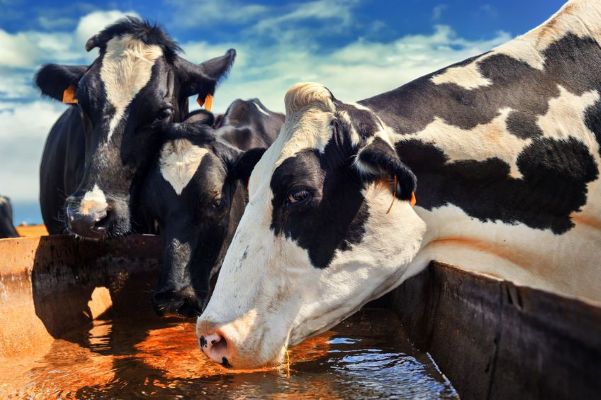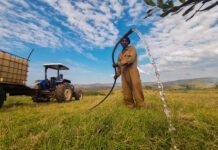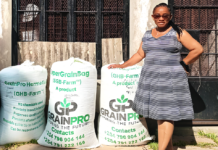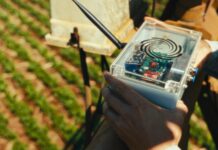Foot-and-mouth disease (FMD) continues to cast a long shadow over South Africa’s agricultural economy, jeopardising trade relations, disrupting rural livelihoods, and threatening the future of the livestock industry. While current control measures have traditionally relied on vaccination and movement restrictions, experts now argue that a broader, more proactive biosecurity strategy—with water sanitation at its core—may hold the key to mitigating outbreaks before they begin.
FMD is a highly contagious viral illness that affects cloven-hoofed animals such as cattle, pigs, sheep, and goats. South Africa is currently in the grip of a severe FMD crisis, with more than 200 outbreaks confirmed across KwaZulu-Natal (KZN) and the Eastern Cape. The vast majority—over 165 cases—have emerged in KZN alone. This wave of infection has sparked alarm among farmers, government departments, and the wider agricultural sector, threatening not only local food security but also the viability of red meat exports.
At present, FMD response protocols centre largely on reactive vaccination drives and livestock movement control. While these measures remain important, they may not be sufficient on their own to prevent future outbreaks. According to biosecurity experts, the prevailing model overlooks one critical transmission vector: water.
A New Perspective on FMD Transmission
FMD virus (FMDV) is known to spread primarily via direct or indirect contact with infected animals. Contaminated feed, facilities, and even airborne particles over short distances are commonly recognised pathways. However, mounting evidence now highlights water as a significant, and often neglected, transmission vector.
Livestock consume significantly more water than feed, and their oral contact with water troughs provides a perfect opportunity for viral contamination. Once infected saliva enters the water supply—be it in troughs, ponds, or communal tanks—it can serve as a reservoir for viral spread, affecting entire herds and neighbouring farms through routine drinking.
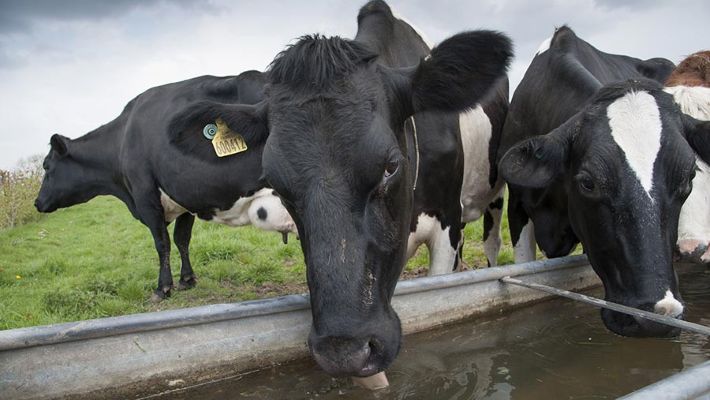
Recent trials conducted through the Agricultural Research Council (ARC) have delivered promising results in addressing this challenge. Under controlled laboratory conditions simulating water-based transmission scenarios, Peroxsil, a silver-stabilised hydrogen peroxide disinfectant, demonstrated exceptional efficacy in neutralising FMDV—even in environments designed to reflect real-world agricultural use.
The independent testing was conducted in liquid environments to closely replicate the conditions found in livestock drinking systems. A high organic load of 5% bovine serum albumin (BSA)—significantly higher than the standard 0.3% typically used in efficacy testing—was introduced to reflect dirty or contaminated water on working farms. Even under these conditions, Peroxsil achieved a ≥99.99% reduction in viral load (4-log kill), with results reaching a 6.4-log reduction, equivalent to neutralising over 1.64 million viral units—a performance 164 times greater than the minimum requirement.
Notably, Peroxsil maintained this performance even at low temperatures of 4°C, where many conventional disinfectants lose effectiveness. This positions the product as a reliable tool for year-round use, including in colder climates or high-altitude areas where water remains chilled.
What makes this testing truly remarkable is its novelty. To the best of our knowledge, this is the first and only test of its kind in Africa focused on evaluating a biocide’s effectiveness against the Foot-and-Mouth Disease Virus (FMDV) specifically in water. While surface and air disinfection are commonly included in biosecurity measures, water—despite being consumed in far greater volumes by livestock—has been consistently overlooked. No other biocide currently marketed for agricultural biosecurity in South Africa has undergone similar evaluation for its virucidal performance in water.
This research introduces a pivotal new perspective on one of the fundamental pillars of biosecurity. By expanding the focus to include water sanitation as a core preventive measure, it opens the door to a more comprehensive and proactive FMD management strategy. Water is not just a medium for hydration; it is a potential vector for disease transmission—and now, it can be a line of defence.
Reinforcing the Pillars of Biosecurity
These findings offer a compelling case for rethinking biosecurity protocols across South Africa’s livestock industry. While vaccination and movement control are reactive and event-driven, water disinfection can be integrated into daily farm operations as a proactive, preventative measure.
“Biosecurity isn’t a single solution—it’s a system of interdependent actions,” says a spokesperson for the SSHP research team. “Vaccination is vital, but it should not be seen as a standalone defence. By regularly disinfecting water sources, we can break one of the primary chains of transmission before it affects animals.”
The reality on the ground underscores the urgency of this message. With farmers under increasing pressure from recurring outbreaks, many are calling for a more robust and layered approach. Biosecurity education and implementation—particularly at the grassroots level—must become as central to FMD control as vaccine distribution.
The Case for Silver-Stabilised Hydrogen Peroxide
S SHP is not a new compound, but its application in FMD prevention marks a significant shift in disease control strategy. Unlike traditional disinfectants, SSHP is both powerful and safe for use in water systems. It breaks down into water and oxygen after use, leaving no toxic residues, making it ideal for use in environments with all animals, young stock, or water-sensitive ecosystems.
Its ease of application—requiring no additional equipment or specialised training—means it can be adopted at farm scale with minimal disruption. Constant dosing of water systems with SSHP can be carried out alongside other biosecurity measures such as fencing, direct spraying onto animals, foot baths, and livestock isolation protocols.
A Call to Action
The road ahead requires cooperation between government departments, veterinary bodies, researchers, and the farming community. While emergency vaccination campaigns may suppress outbreaks in the short term, a failure to address fundamental biosecurity gaps could allow the virus to re-emerge and circulate indefinitely.
A shift in thinking is needed. We must move from a reactive to a proactive stance on animal health. Water disinfection, long ignored in FMD protocols, must now be recognised as a strategic priority. With tools like SSHP at our disposal—and the scientific evidence to support its use—the time has come to update our approach and strengthen our national response.
The South African livestock sector is resilient, but resilience needs reinforcement. By taking water seriously, we can help safeguard animals, secure exports, and support the livelihoods of thousands who depend on farming. It is not merely about treating disease—it is about preventing it.


